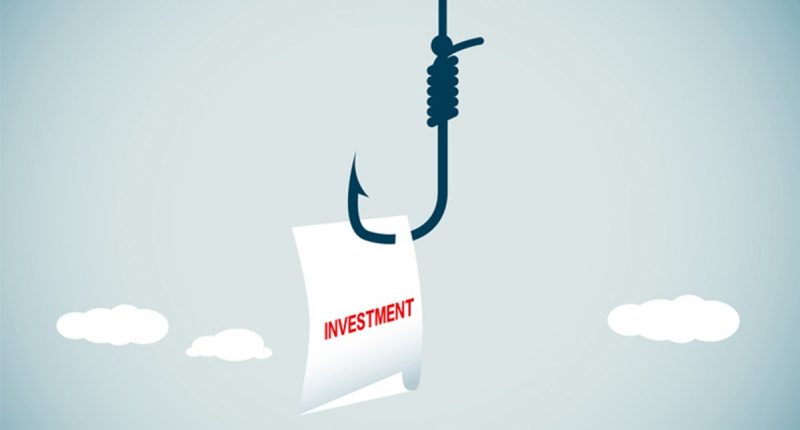The Securities and Exchange Board of India (Sebi) recently directed mutual funds to monitor social media platforms regularly to identify entities or groups that camouflage themselves as registered mutual funds to lure investors.
Here’s a list of a few types of investment frauds that should raise an investor’s eyebrows.
Ponzi scheme: An investment fraud in which existing investors are paid with funds collected from new investors. In this, investors who have joined earlier are paid off with funds raised from new ones. The fraudsters make no investments to gain returns.
Pump and dump schemes: A securities fraud that involves artificial inflation, termed as a pump of the price of a security through false, misleading, or exaggerated statements. The fraudster can profit from the price inflation by quickly selling the securities at a high price, referred to as a dump.
The new owner of the shares, however, will perhaps lose a considerable part of their capital as the price of security takes a dip quickly.
App-based fraudulent schemes: Investors are first enticed with small payouts on investments. As genuine trust is built up in the ‘scheme’, the fraudster will dupe will all the money.
Instant-return benefits on a daily, weekly, or monthly basis are promised with interest ranging from 5-25% on the invested money, besides redeemable coupons.
At times, the individual is first attracted by first helping them make gains, and then after a larger fund is invested, blocking them.
Betting is another way in which an individual is asked to bid their money. After some initial returns, the fraudster blocks the person and disappears with the amount.
Essentially, an investor needs to remain vigilant as investment frauds continue to rise.
- Exercise extreme caution against any unsolicited communication about an ‘investment opportunity’
- Any ‘investment’ that promises more than 12% annual returns should likely raise a red flag
- If there is no comparable business to understand returns, perhaps avoid investing in such schemes
- Understand the business model first, then decide if it’s worth investing in
- Before investing in any high-yielding project, conduct research and due diligence
- Check reliable sources of information online to learn about companies, business prospects, management, and financial statements

Rajiv is an independent editorial consultant for the last decade. Prior to this, he worked as a full-time journalist associated with various prominent print media houses. In his spare time, he loves to paint on canvas.





